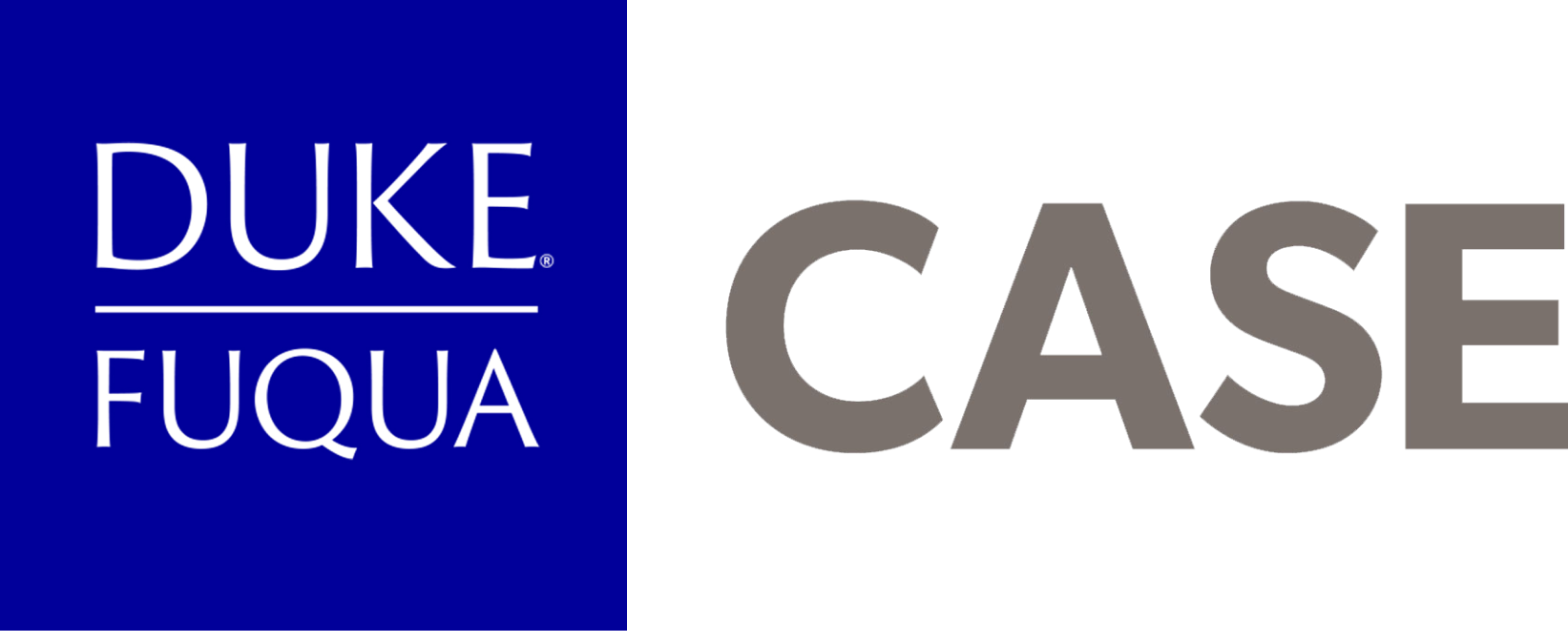
This post was written by Sidney McLaurin, Jr., a CASE i3 Fellow and Co-Chair, in November 2016. Sidney attended SOCAP, the annual conference in San Francisco that brings together impact investors, social entrepreneurs, foundations, corporations, global nonprofits, and others contributing to a vibrant marketplace for socially, environmentally and economically sustainable solutions. For more information about SOCAP, visit their website.
I recently had the pleasure of spending an afternoon with a group of over 150 SOCAP 2016 attendees at a panel titled Impact Investing – Discussion on the State of the Field. The session was moderated by Fran Seegull, then CIO of Impact Assets, now the Executive Director of the US Impact Investing Alliance, and featured an engaging discussion with Cathy Clark, Director of CASE i3 at Duke University, and Julia Sze, Managing Director at Arabella Advisors. The discussants used a supply (i.e., investors) and demand (i.e., entrepreneurs) framework to provide a comprehensive overview of the impact investing field and highlight some of the critical issues stakeholders face in achieving their desired impact.

Over the course of the panel discussion, three key themes emerged:
Foundations and institutional investors represent an increasing share of new entrants
In the very early days of impact investing, much of the work and investment was led by individuals. According to Ms. Seegull, the industry is now seeing a positive change toward more reliance on foundations and institutional investors. The Ford Foundation, led by Darren Walker, is a great example of an organization that is shifting from primarily grant-based funding to a more market-based approach. Institutional investors have helped to accelerate the industry with new acquisitions and financial products. The panelists highlighted two great examples: Goldman Sachs’ acquisition of Imprint Capital and the Calvert Foundation’s new Ours to Own Initiative.
A misalignment currently exists between the types of capital available and the needs of social entrepreneurs
Solving the world’s major environmental, social, and governance issues will require a more diverse group of entrepreneurs than currently exists today. The group highlighted the fact that successfully diversifying our entrepreneurial community will require that we close gaps of access to capital for women and minorities. This starts by addressing issues such as hidden bias and lack of opportunity. One fact highlighted by Julia Sze is that women and minorities are starting small and medium-sized enterprises (SMEs) at an increasing rate. However, SMEs are chronically underfunded in the US so many of these businesses lack the necessary capital to be successful. On the bright side, the panel highlighted that institutions are aware of the issue and have been experimenting with more creative financing models such as social impact bonds and public-private partnerships.
Impact investing is still in its early days but the outlook is bright
One of the most memorable moments of the panel was Cathy Clark’s observation that mainstream interest in impact investing is at a record high – our main issue now is the “gap between razzle and reality.” To close this gap, the impact investing community will need talented people that are tri-sector leaders capable of leading across the business, government and non-profit sectors. We will also need a holistic shift from mitigating risk to maximizing reward. Capitalizing on demand for impact investing and creating lasting change will be an almost insurmountable challenge; however, this panel made me proud of what has been achieved thus far in impact investing and hopeful for the future.

